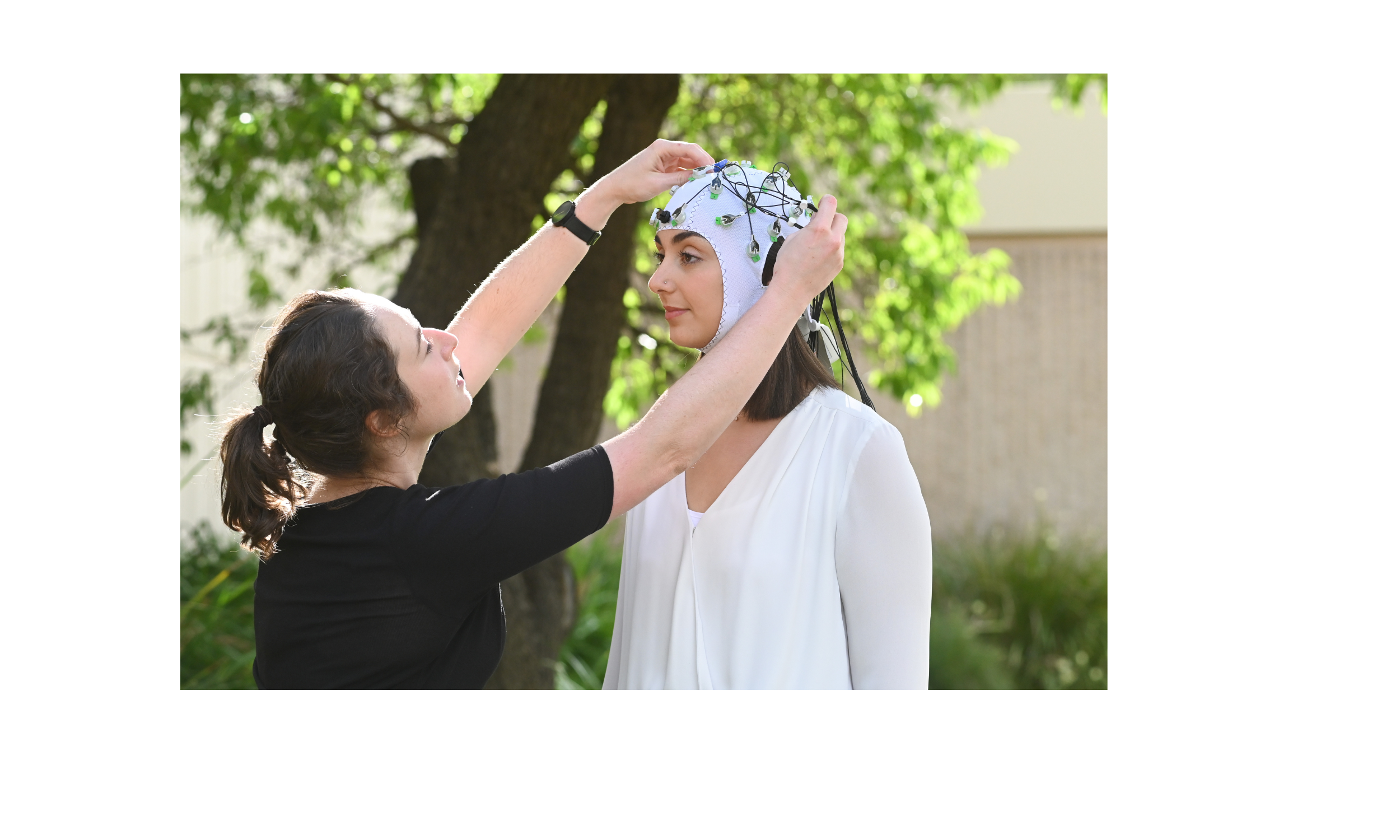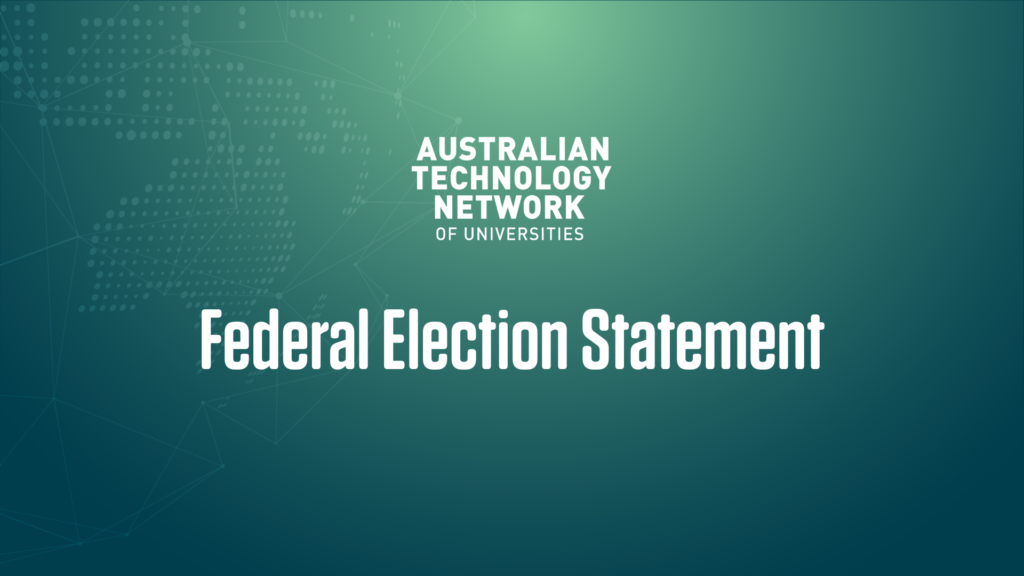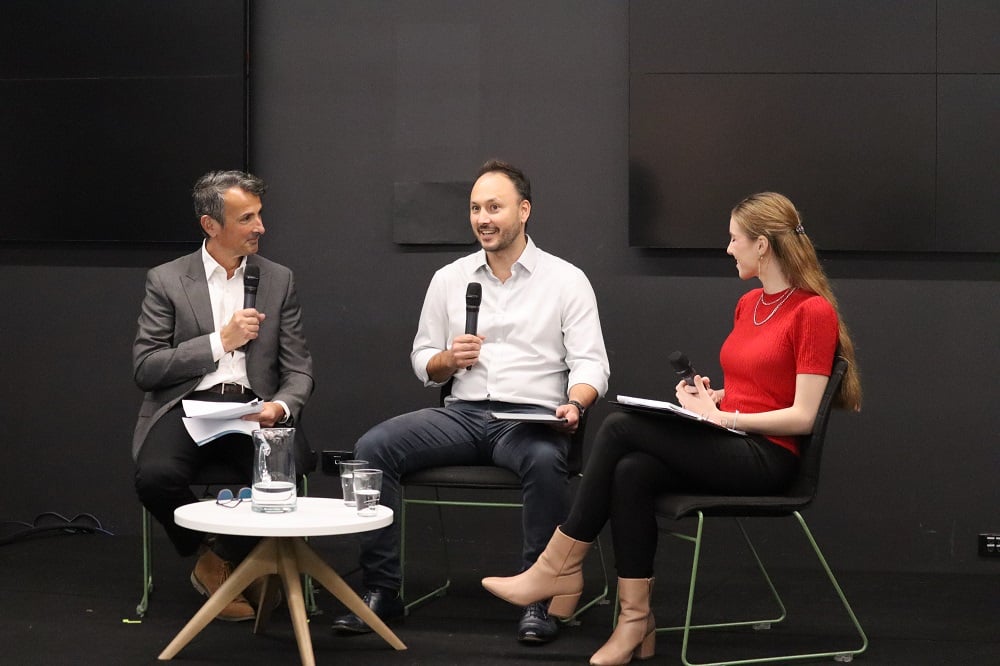Image by Catherine Leo
You have a background in both architecture and psychology. What drove you to your field of research?
I can trace my path back to high school, where my favourite subjects were biology and visual communication and design. I first went down the path of studying architecture, but greatly missed being able to learn a biological science. Defining my own PhD topic where I was able to learn from and integrate theories and methods from cognitive neuroscience into built environment research was the most fulfilling part of my education to date. While crossing disciplines comes with challenges, I’m very excited to be in this space. I hope to set a positive example for others wanting to pioneer their own career pathway.
Your area of expertise is quite intricate focusing on how built environment design can impact brain function and mental health, do you have a surprising or fun fact to share from your research?
As we spend between 80-90% of our time inside buildings, I think it’s surprising we aren’t paying more attention to our built environments as a potential way to support our health and enhance our cognitive abilities.
A fun-fact comes from my time working with a virtual reality ‘CAVE’ as my medium for presenting built environment stimuli. There’s a saying (and story) around having a ‘bug’ in your script when software coding, something most of us are too familiar with. When I was in the middle of data collection a moth landed on the lamp that projected my stimuli. I spent the next hour trying to catch it! Almost 80-years later and we still face the same day-to-day lab realities as our predecessors.
You were recently the first Australian person to win a NOMIS and Science Young Explorer Award for your research – How did it feel to be rewarded for you ongoing research?
I am very proud of the achievement, and it was wonderful being able to share the moment with those that have encouraged and supported me. I’m deeply grateful to NOMIS Foundation and Science for creating the scheme to support early-career researchers undertaking research at the intersection of the life and social sciences (noting in academia this is very high-risk). The prize involved writing an essay which was published in Science magazine. It really encapsulates the story behind my research to date. You can read it here.
What do you believe is most important about the work you are undertaking at the University of South Australia as a Postdoctoral Research Fellow?
I research the impact of built environment design on brain processes and functioning. After completing my PhD at Deakin University, I was selected for a five-year Postdoctoral Research Fellowship at UniSA to continue developing the research I undertook during my doctoral degree. The research I’m currently working towards is very bold, which I think is important to make advances in this emergent field. Within the next five-years I’m aiming to understand and explore replicability of my research findings across contexts and populations, using different methods, and adding complexities. I hope it will provide a solid foundation for future researchers in the field, and importantly, an evidence base for designing buildings that might enhance and improve our lives.
How much time do you spend on a university campus? What excites you about working within a university campus?
I’m in a full-time position located at Magill campus, to the east of the city in Adelaide, Kaurna land. Working on campus is great as you get to meet new people and are introduced to different ideas and ways of thinking. Teaching periods on campus bring great energy and excitement from all the students. While part of a research project cycle requires solitude and structure (data collection, writing), outside of this I feel it’s important to be visible and accessible for those around you, especially students and early career researchers.
What do you think is the biggest challenge facing higher education in Australia?
While our national investment in research is critical and requires attention, I think a greater challenge is ensuring the academic community provide students and early-career colleagues with the conditions and learning opportunities to do their best. Given our funding landscape, the research environment is intensely competitive, which can contribute to isolation for those within it. Without environments that afford you the opportunity to bounce creative and bold ideas with others, it’s very difficult for sparks to have the oxygen, time, and fuel they need to create a sustained and bright burn. To me, research leadership means creating the conditions which support and preserve this sort of environment to ensure everyone can do their best.
Do you have a hobby?
I’ve always enjoyed creative activities, drawing and creating models was my favourite part of the architecture curriculum. These days I enjoy drawing Australian native animals due to their quirky appearances and getting to research their biological abilities (electroreception is amazing). I usually draw with the intention of gifting the original in mind, so I try and match what it is I’m drawing in some way to the person and situation. It makes me smile hoping it brings others that smile too! I feel it’s the most genuine way I can show gratitude. If I couldn’t be a researcher, I think I’d really enjoy being a science illustrator.
Can you tell us of a book, film or TV show you recently read or watched that you would recommend and why?
I actively try to seek out advice and instruction through books as mentorship. Angela Duckworth’s ‘Grit’ is a staple read for mindset, Malcolm Gladwell’s ‘Outliers’ & ‘David and Goliath’ remind me of all the factors that truly go into what we perceive as success; and how unlikely circumstances or conditions can be used as an advantage. Atul Gawande’s books are a refreshing perspective on performance, the fragility of life and making the most of it. Lastly, one of my favourites is from Lucinda Holdforth called ‘Leading Lines’. It’s got some powerful advice for those preparing to speak.
What’s your dream holiday destination and why?
I recently travelled to Zürich for the award ceremony for the NOMIS and Science Young Explorer Award. It was my first time in Europe, and I had a wonderful time meeting new people and exploring incredible buildings within the universities and city. While we are so fortunate to have incredible natural surrounds in Australia, I think my ideal holiday is being able to explore (and research) some of the incredible older buildings and cities around the world.
What would you say to a student about to begin their higher education journey in 2024?
While hard work and grit are important, it’s crucial to find people who will hold time to support and motivate you, otherwise it will be isolating facing the obstacles alone. These are the people who are the first you share your celebrations with, but more importantly, unwaveringly support you through the challenges. I’m fortunate to have had some people who have provided me support and encouragement during these times, and I hope to pass that onto others I’ll work and collaborate with in the future.
Books referenced:
Duckworth, A. L. (2016). Grit: The Power of Passion and Perseverance. New York: Simon and Schuster.
Gawande, A. (2014). Being mortal: medicine and what matters in the end. New York Metropolitan Books, Henry Holt and Company.
Gawande, A. (2008). Better: a surgeon’s notes on performance. 1st Picador ed. New York, Picador.
Gladwell, M. (2014). David and Goliath. Penguin Books.
Gladwell, M. (2008). Outliers: The story of success. Little, Brown and Co.
Holdforth, L. (2019). Leading lines. Harper Collins Publishers Australia.


